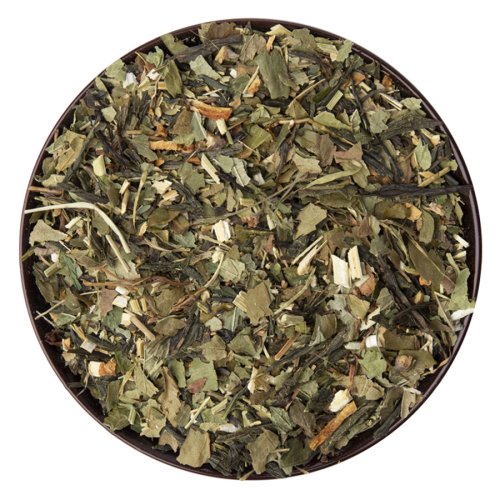GABA/ Camellia sinensis (Tea)
Tea, derived from the Camellia sinensis plant, is traditionally grown as a shrub. The ample sunlight in tea cultivation regions enhances the concentration of valuable compounds within its evergreen leaves, making tea a popular beverage cherished the world over. Green tea, in particular, boasts abundant quantities of catechins, chlorophyll, amino acids, organic acids and vitamins.
Currant
The currant species (Ribes L.) are deciduous, rarely evergreen or almost evergreen shrubs that reach heights of 1 to 1.5 metres, occasionally also as small trees. Native to Europe, it was already cultivated in the very first monastery gardens. The high vitamin content of the berries and the special properties of the leaves make it an important herb in botany.
Yellow sweet clover
Yellow sweet clover (Melilotus officinalis) is a plant that is widespread primarily in Europe and Asia and belongs to the legume family and subfamily of the papilionaceous plants (Fabaceae). The herb has a particularly sweet scent and is therefore also called the "honey herb". In traditional European herbalism, it is mainly the sweet clover herb that is used both internally as a tea and externally in the form of compresses.
Hawthorne
The hawthorn (Crataegus) is a stone fruit belonging to the Rosaceae family. It is mainly found in North America, but some of the 300 species can be found in Europe. As a protective shrub, the hawthorn was often used as a field border and many animals thrive around and in it. It was known for its effects among ancient Germanic tribes and was revered for its nutritious berries.
Yuzu
Yuzu (Citrus junos), is a citrus fruit from the rue family. This wonderful fruit has been cultivated in China, Korea and Japan for many thousands of years; outside Asia, Spain is a pioneer in the cultivation of this exotic fruit.
Yuzu are harvested as green ao-yuzu from late summer (August), and as yellow yuzu in autumn (November/December). The fruits, which are heavily interspersed with seeds, have a very thick skin, an extremely aromatic exocarp and contain lots of vitamin C and antioxidants. The slender trees can be traced back over many thousands of years, the oldest traces are now located in the Yangtze basin in China.















